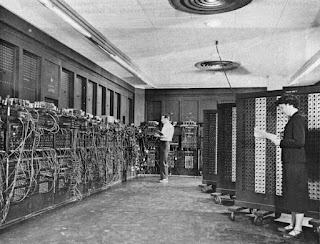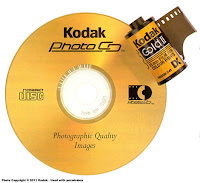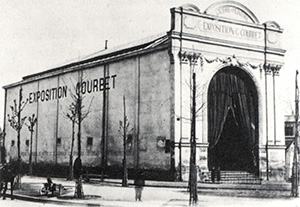The age in which we live is characterized by the presence of a huge number of images that have invaded, essentially every area of information and communication. In the late 19th century many painters demonized photography stating that it threatened what until then was a domain of the ancient arts of drawing, painting, engraving Indeed, in “Visual representation of the world”, the painting could not compete at the level of realism with the photographic medium although early, that took on the challenge of this by stating a new realist intent . An example of this trend is evidenced by the personal exhibition of 1855, called Courbet Pavillon du Réalisme, as was the title of the magazine about new trends, Réalisme, appeared in 1856. For painting, that of realism, it was a losing battle but, there is no doubt about the extent of the benefits that derived from the development of photography. The latter broke free of the old canons of representation, by finding new ideas...





